This morning you may have put sugar in your coffee/tea- maybe 1, 2 even 3 teaspoons.
You may have sprinkled a little sugar over your cereal.
If not, you likely consumed something today that had sugar in it.
Have you every questioned how your sugar was grown, produced and distributed?
Either had I, until Monday March 21st.
That Monday we travelled to a small community called Consuelo just outside of Santo Domingo- DR. it was there where we found hundreds of foreign “aliens”. Technically they are Haitian, but they have spent most of their life in the Dominican Republic. Very few have documentation of either.
They were brought there from Haiti under the promise that they can- make a better life for themselves then the one that is available in their home country.
It is all a lie.
They will become workers on the sugarcane batteys, cutting stocks of sugar cane, bundling them up by the long dusty road , for hours on end– day in and day out.
They are brought to the DR because manual labour is “below” the Dominicans.
They are brought here because they can be easily exploited, because life is just as grim at home.
The truth is…
They make 3 dollars a day: 1 dollar is taken for their accommodations,1 dollar is taken for their food and the other they can use for other expenses.
But this wage is not given in coins or bills- it is given in coupons- ones they can only redeem on the plantation- further isolating them from the “outside” world.
For the 6 months they are employed they live on the plantation. They redeem their coupon for one meal a day- if they “earn” that. They might have access to water, but if it does not come, they go without.
After 6 months, they are forced to leave the plantation.
They cannot return home because they don’t have the documentation to prove that Haiti is in fact their home.
They are forced to congregate in local barrios, scrounge for food and work the menial jobs available. Their children cannot attend school, as they do not have the proper documentation.
We visited one such barrio…. one that evidently was not important enough for a name.
A sign simply stated it was
“Barrio 41”.
It broke my heart to think there were 40+ other Barrio’s like the one we visited.
It hurt to know that there were more children just like the one’s I met that afternoon- that go days without eating.
There were hundreds of other little girls, just like the two I played with for hours- Yohany and Daniela- that will likely never see the beautiful country their parents came from.
The feverish little boy that snuggled into the crook of my neck was just one of hundreds who was vulnerable to the dangers of poverty.
As I looked down at my feet and hands covered in soot , I knew that not only did it coat the lungs of the community members- but coated the lungs of all the those living close to the sugar cane refineries across the country.
I couldn’t help but realize that the beautiful people that I met and the retched conditions within which they lived and worked- was the price we choose to sacrifice for the sweet crystal- like substance that we consume everyday.
Is it worth it?

The Price of Sugar is the name of a powerful documentary that focus’ on these very issues.

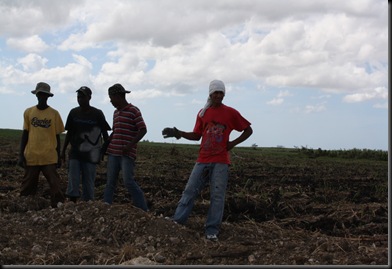
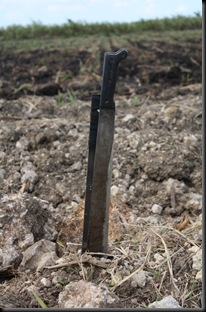
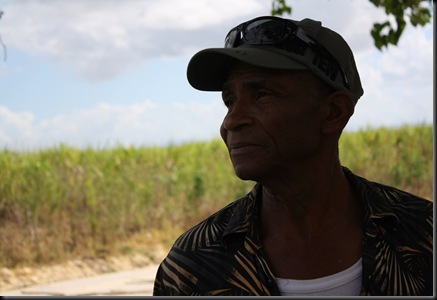

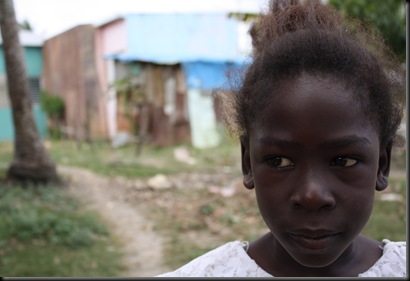

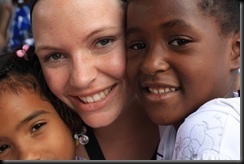
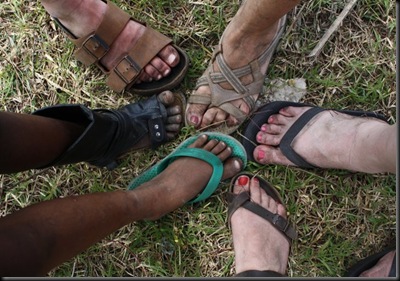
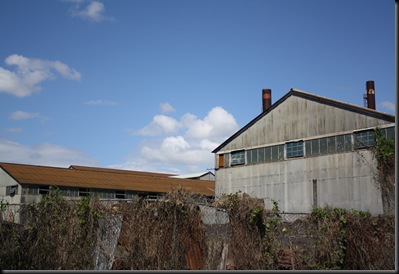
No comments:
Post a Comment